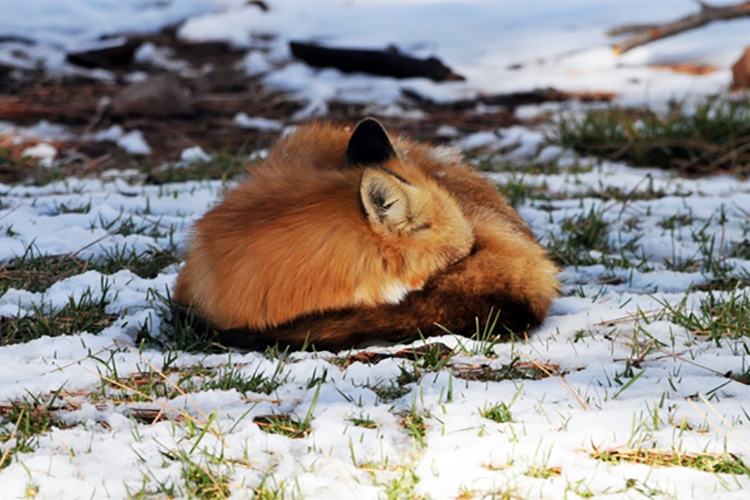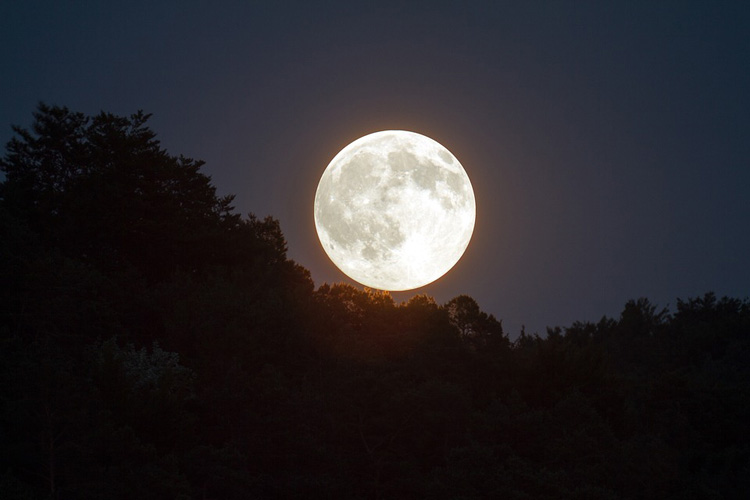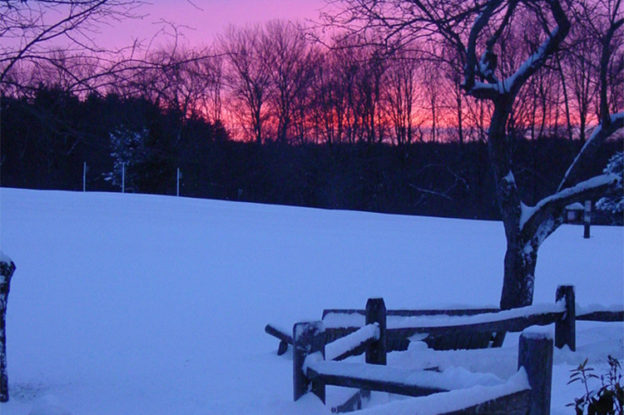Winter’s cold and gray days arrived earlier than anticipated this year. The ponds and marshes glazed over before Thanksgiving, sending all but the hardiest waterfowl south toward open water. Most of the deciduous trees have lost their leaves, helped no doubt by the high winds and rains.
The landscape, however, remains cheery. Now that the leaves have fallen, winterberry hollies are putting on quite a show in roadside wetlands everywhere. Their abundant and brilliant red berries are as beautiful to us as they must appear to the fruit eating birds that remain in our area for the winter.
Besides the hollies, several other species of trees and shrubs offer a bountiful food resource to local birds who seem pay for their meals by then disbursing seeds widely across the countryside. Robins, Cedar Waxwings, and even Eastern Bluebirds will feed on hollies, juniper berries, rose hips, crab-apples, and oriental bittersweet—all of which will help them survive the challenging winter weather ahead.

Although the birds remain active all winter long, woodchucks have all disappeared by this date and chipmunks will only come out on warm days. Many mammals, including river otters, remain active all winter long. Once we receive a good snowfall, a walk out to the boardwalk will reveal how popular the frozen wetlands are as wild animals take advantage of the newly available travel routes across the ice.
December offers a lot of fantastic reasons to get out and enjoy the beautiful outdoors, particularly at night. The Geminids meteor shower reaches its peak on December 13. If you have ever been thrilled by the sight of a “falling star” moving across the night sky, consider making plans to view the Geminids. Although this spectacle can be hit or miss, the memory of watching multiple “shooting stars” zip across the night sky will last a lifetime.

This year does provide a challenge, though, as this preeminent meteor shower coincides with the full “Cold Moon” on December 12. The best viewing may happen in the two days after (December 13 and 14) during that window of time after the sun sets and before the moon has a chance to rise above the horizon.
If the Geminids don’t happen to light up the sky, the full moon offers reason enough to get outside for a nighttime stroll. The shortest day of the year—the Winter Solstice—will occur on December 21. For many people across the northern hemisphere, it’s a time to rejoice as the hours of sunlight start to grow longer each day.
We hope to see out on the trails in the coming weeks!


